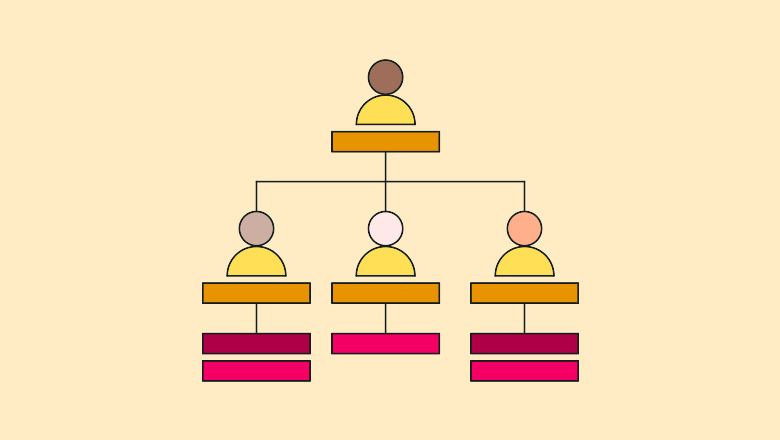A short decade ago, one could assume they wouldn’t miss much if they took a few days off social. Now, each day brings at least ten trending topics, a brand crisis or two and countless viral products. Brands that lack well-staffed social teams aren’t just missing major moments—they forfeit countless daily opportunities to foster brand awareness and loyalty.
It’s not 2013, anymore. So why are businesses still resourcing social media teams as if it is?
As social media has evolved, so have the expectations and capabilities of social marketers and teams. They take on content creation, strategy development, data analysis, community engagement—not to mention keeping up with an ever-evolving network landscape.
The truth is there’s no one-size-fits-all social media team structure because there’s no one-size-fits-all approach to social media management. Social media org charts have to reflect the unique needs of your business and audience.
This guide is designed to help you think through the factors that go into designing a social media department that sets everyone—leaders and contributors—up for success. Keep reading for advice on team structures
5 must-know social media team structures to consider7 social media team roles to consider for your org3 signs it’s time to expand your social media departmentHow to future-proof your social media team5 must-know social media team structures to consider
The word “restructuring” typically invokes a sense of fear, but when applied to your social media team it’s most definitely an opportunity. The dynamic nature of social helps marketers refine and grow their skills quickly, so they can level up to the next stop on their career path.
Proactively experimenting with new types of social media department structures can result in career-making opportunities for social marketers. If you’re ready to shake things up but aren’t sure where to begin, here are five to consider:
1. Network

The majority (64%) of social media teams are organized by network, aligning individual team members to specific networks—like TikTok, Instagram, Facebook or LinkedIn. This approach empowers individuals to become experts on their assigned platform and take full ownership of a strategy from development to execution.
Our own social team experimented with a network-specific structure back in 2022 but ultimately decided they wouldn’t continue the approach moving forward. While it did result in some highly intentional content and a much deeper understanding of platform-specific audience insights, it simply wasn’t scalable for a team of our size.
Unsurprisingly, having a separate strategy for each social network is hard. As more and more platforms join the chat, creating effective strategies for each of them is virtually impossible.













